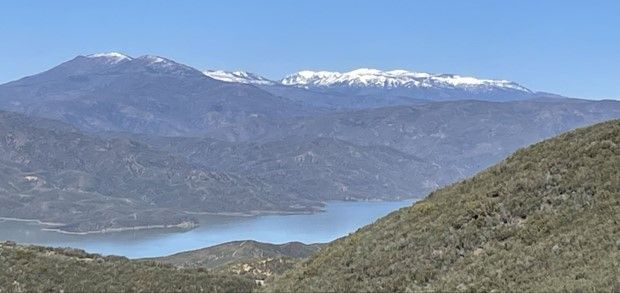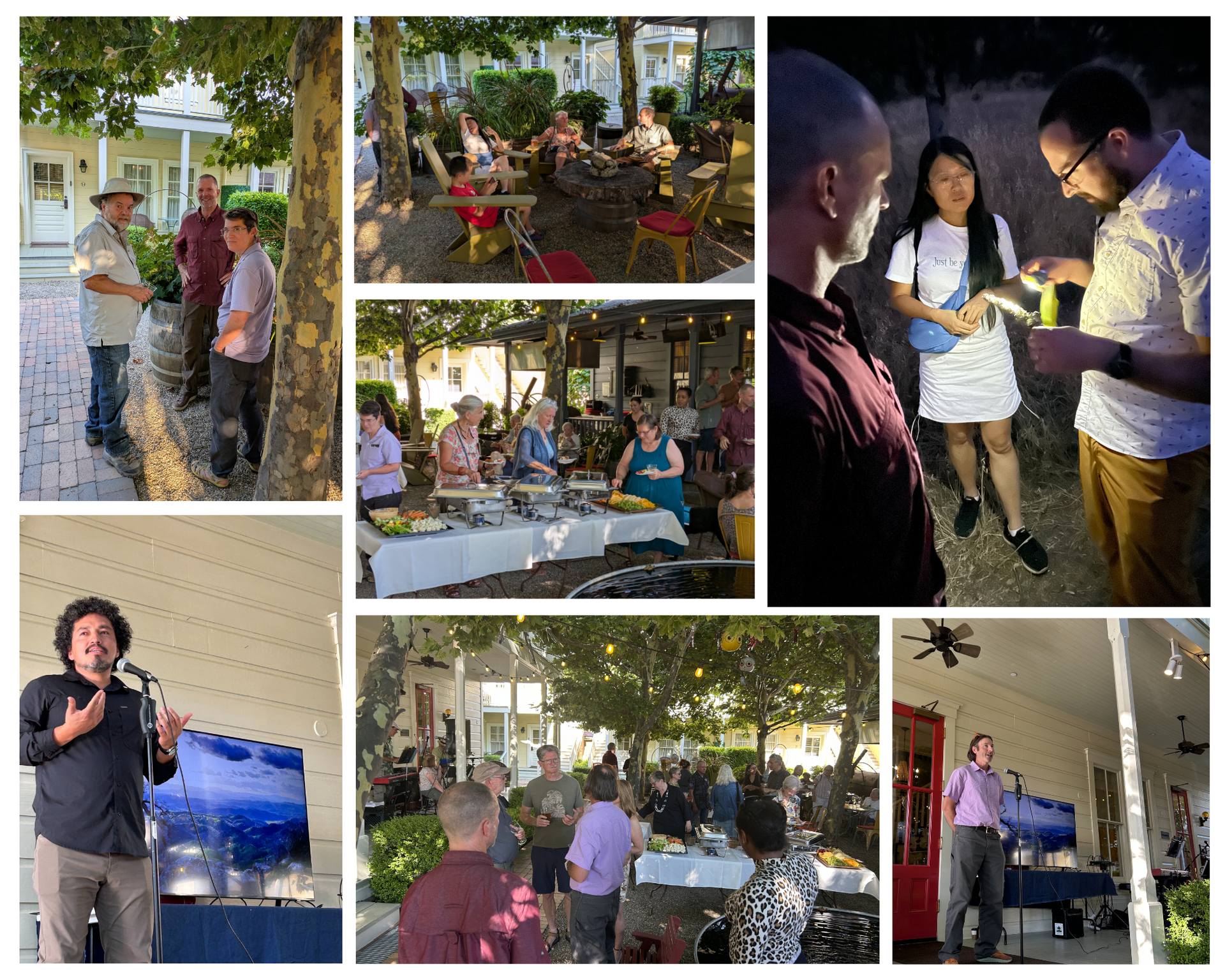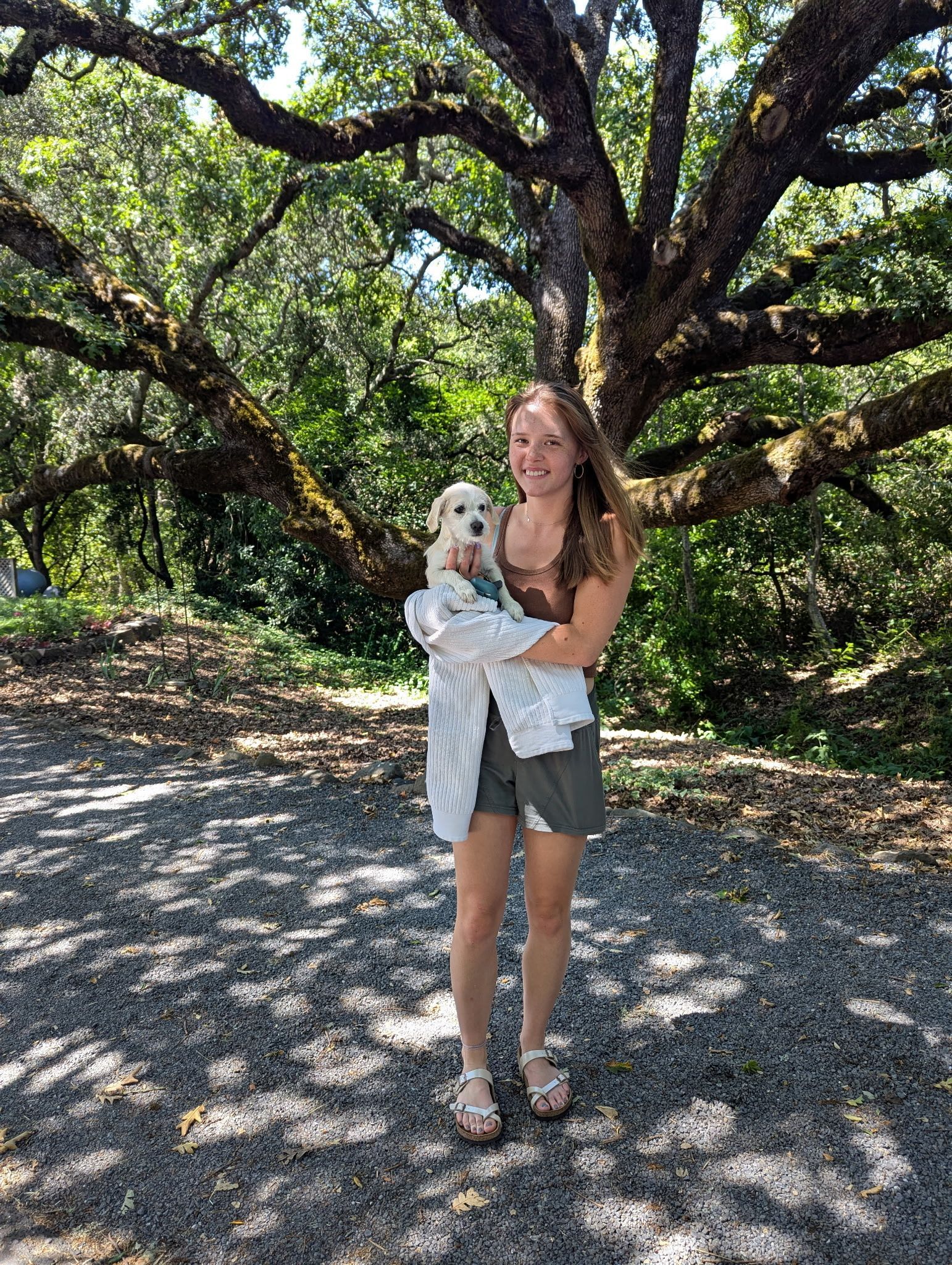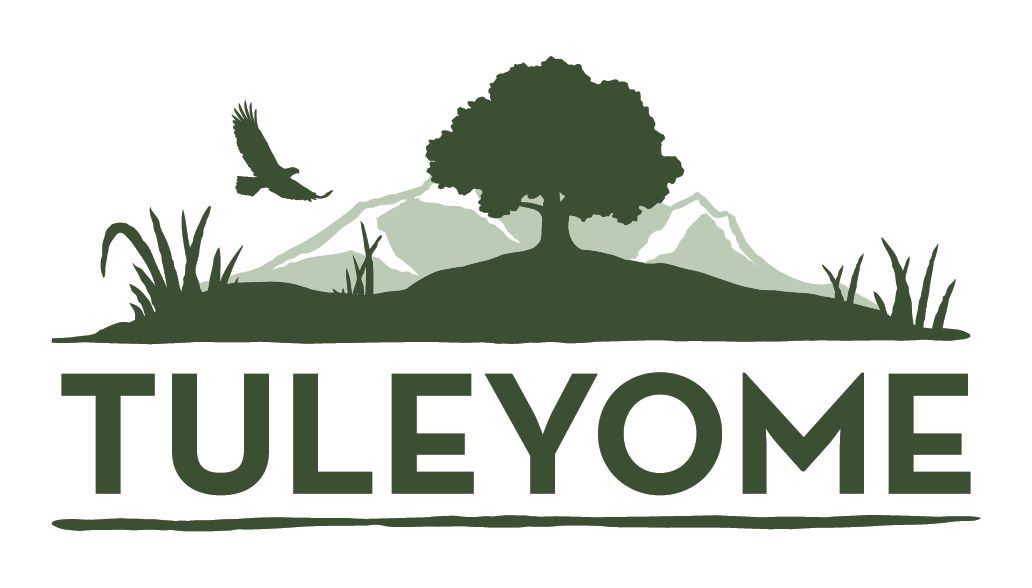Enjoying Outside - Some Creative Alternatives to Traditional Fireworks

Every year over 10,000 people in the United States are injured by fireworks with children and young adults accounting for half of that number. Eye injuries and burns to the hands and arms are the most commonly treated firework injuries in the Emergency Room. Even innocuous seeming sparklers burn at around 2,000 degrees, hot enough to melt some metals. On top of the risk of injury, steep price tags are an insult to injury (pun intended). Even more serious than the cost though is the fire danger fireworks pose to our wildlands and property. The National Safety Council states that fireworks are the cause of nearly 19,000 fires, including structure, vehicle and other fires, nationally each year. In addition, the lighting and performance of fireworks not only contributes to air pollution but particulate matter can affect breathing for those with respiratory sensitivity. The chemicals used to make fireworks eventually fall to the ground and can pollute water and soil and be detrimental to humans, wildlife and the environment. Another noxious side effect of fireworks is the effect they may have on those suffering from Post Traumatic Stress Disorder. Neurodivergent people or those with sensory processing disorders may also have a difficult time with the flashing lights, loud booms or high pitched whistles made by fireworks. The sight and sound of fireworks also confuses and terrifies pets and wildlife causing trauma and injuries. They become disoriented and may run into roadways; some wildlife may even abandon their young. Heard enough? Keep reading for some safer, family friendly alternatives to fireworks.
Glow sticks are a fun and safe family friendly option to 2,000 degree sparklers. You can usually find them in the dollar section at Target or at the Dollar Store for much less than anything you will find at a firework stand and they last all night and will probably still be glowing strong the next day. They’re a fun addition to a game of night tag to burn off the sugar from your post bbq smores.
Another fun activity for the littles and the not so littles is good old fashioned bubbles. Actually I think they’re a perfect activity for any age, any time of year but for some reason having a bubble blowing contest seems synonymous with the 4th of July. My dogs also love to chase the bubbles so they can get involved in the fun too. You can even make your own bubbles and color the solution with red, white and blue if you’d like. Super fun fact - did you know you can make bubbles that glow in the dark with a black light?! Here are the ingredients and instructions on how to make that happen!
Confetti filled poppers are a fun way to celebrate and still make a little noise. You can buy them prepacked or you can add to the fun by easily making your own. Here are the instructions to make your own poppers. You can even fill them with popped popcorn or birdseed so you don’t have to sweep up as long as you do it outside! You can also use a can or four of Silly String to celebrate America. Spray it with reckless abandon (but be sure to check with your mom first).
Drone shows are dazzling and absolutely mind bending to watch. Unfortunately, I couldn’t find any local to Sacramento but I did find one scheduled for Tahoe City with over 300 drones and another one scheduled at Oxbow Commons Park in Napa both on the 4th of July if you’ll be traveling of the holiday.
If it’s just not the same without the smell of sulfur, here is a list of all the professional fireworks shows scheduled for Sacramento area and surrounding communities. And, if you do choose to do fireworks at your private celebrations, please be sure to make sure they are legal in your area and that you follow safety precautions such as having a bucket of water and a hose nearby, soak the spent fireworks in water overnight and never try to relight something.
Tuleyome wishes you all a happy and safe Independence Day!
-Kristie Ehrhardt (kehrhardt@tuleyome.org)
Tuleyome Land Conservation Program Manager
RECENT ARTICLES






